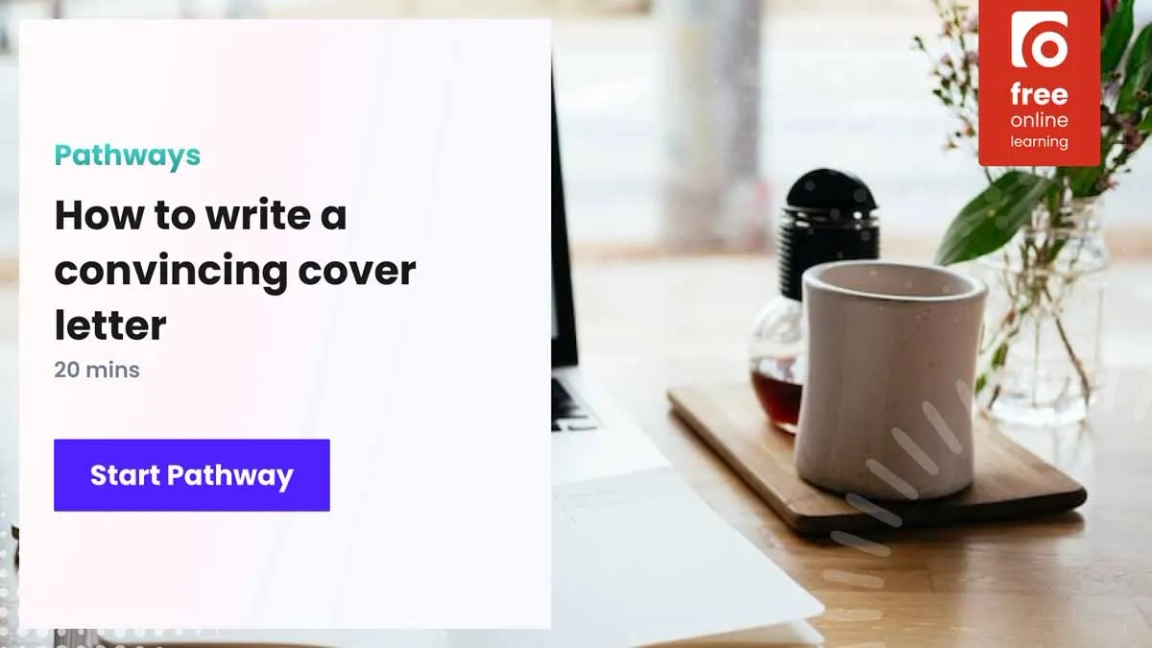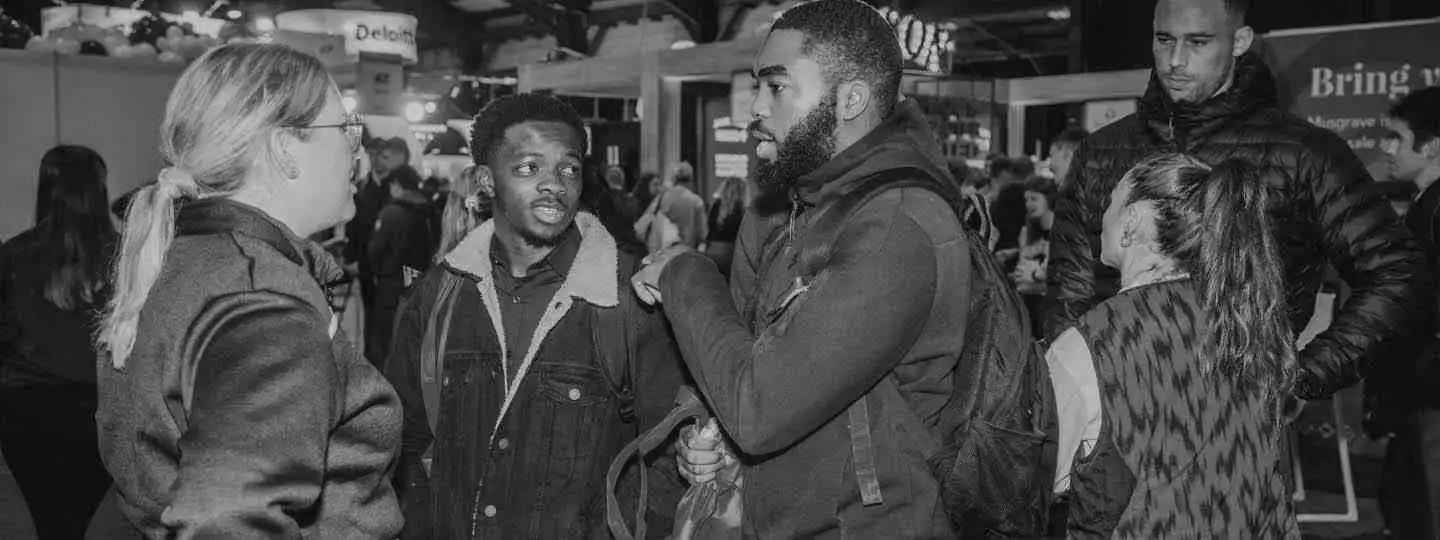Applications
Creating a graduate CV and covering letter for media and journalism jobs
6 Jun 2023, 15:12
Whether you’re applying for a new media job with a website or desperately want that trainee position with a local newspaper, you need to make sure your CV and covering letter are strong enough to sell your writing skills.

If you can capture an editor’s interest at the first line they’ll go on to read more about your skills and initiative before they decide whether you fit the bill.
From the first moment you take a photo, lay up a page in InDesign, or proofread a completed newssheet, you need to think if you can use that technical expertise to make your CV stand out.
Covering letter | experience | concision | design
Step one: covering letter
Your covering letter is likely to be the deciding factor in whether or not a recruiter will bother to read your CV and writing samples. Any spelling or grammar errors will be an immediate disqualification, as will a generic or ‘carpet bombed’ covering letter.
Name: Anyone who can’t get names right isn’t ready to go out interviewing and writing. A letter addressed to ‘Dear Sir or Madam’ or ‘Dear Hiring Editor’ is not worth sending.
Opening line: The traditional ‘I am writing to you to apply for’ is not incorrect and for financial publications or more formal journals can work well. But, for news and features positions, this blandness will only mean that the rest of your letter will need to make you sound like James Bond to keep the employer interested.
Open your covering letter as you would a news story: with originality and flair, and targeted right at your audience. For example, if you were applying for a local newspaper, have you got an exclusive story that you managed to wheedle out for the student newspaper? Alternatively open with your most exciting or high profile story. Have you ever covered a fire? Or sat next to a celebrity on the train and managed to get an interview? If you can capture an editor’s interest at the first line they’ll go on to read more about your skills and initiative before they decide whether you fit the bill.
How to avoid immediate rejection: Opening lines are mentioned above. Here’s how to make sure that the rest of your letter impresses equally.
- Don’t start with your name – it’s on the bottom of the letter
- Avoid clichés – I have strong attention to detail (set up for a fall), I work well in a team or on my own (so does every other student), I’m passionate about X (so are the other 300 applicants)
- Keep it short – news and publishing houses are busy places. No one has time to read more than a one-page covering letter.
Try to put yourself in the shoes of a busy newspaper, journal or magazine editor and ask yourself at the end of every line, why should I care? Why does this show me you would be good in the position?
Step two: lead with your experience
You still need essential CV details such as name, address and telephone on your CV, but when you place these details make sure to include your social media addresses (LinkedIn, Twitter etc) and any blogs or website portfolios in the same place. A presence online is a point in your favour.
With so much competition it is very likely that your CV will only receive a skim read first time around. And as a general rule, experience will be more of a deciding factor than qualifications. Work experience should be the first thing under your name that the employer sees and relevant skills should be bulleted or bolded up on the page. Don't go overboard on the bold type.
For newspapers and magazines, paid and professional experience is always good, but student newspapers can equally take pride of place on a CV. See the section below on concision for how to present them or check out targetjobs' guide to getting work experience in journalism to find out more about what you can use as valid experience.
Follow the instructions on job advertisements and include contact details for references if requested. Media employers are particularly keen on solid work experience and references so it’s a good idea to include a couple if you can.
Step three: concision
Are you truly a journalist or writer? You need to prove that to your potential employer. They will be looking for strong writing skills, good angles, impeccable English and an ability to convey all the essential information in each paragraph. At work, you would have to present information in an easy-to-understand format targeted at your reader. Try not to scrawl lengthy paragraphs about your past experience; get all the key information into a couple of lines. Present your work experience and previous employment in the same way in which you would attack the opening paragraph of a story – make it interesting and useful but short and snappy.
Skills and job titles can be bulleted, but get those essential descriptions in an easy to digest format: try to keep bullet points from going over two lines in length.
Step four: design
Black and white, overcrowded or poorly spaced CVs are not ideal. Neither is lots of swirling images and pictures and certainly no floating text at 45 degree angles. However, using bold text, a clear layout, easy-to-read typefaces, borders and one or two light colours can make your CV more appealing to a recruiter who has already sifted through a pile of applications. However, do make sure it can still be read in black and white.
Consider using software like InDesign to put your CV together or use the advanced templates in Microsoft Word and Pages and get advice from someone in the industry beforehand if you can. Modern media CVs tend to look more like a website portfolio on paper these days, but be careful of using sans-serif fonts and photos.
Don’t overreach! It’s better to be clear and correct in Microsoft Word than to resemble Picasso’s Guernica after a museum fire when it reaches an editor’s desk.
Last important note: it sounds obvious – which is why everyone makes this mistake. Get your CV and covering letter copy edited and proofread by a friend, careers adviser or, if possible, someone in the industry before you send them. You may think your written English is perfect, but everyone makes mistakes. An out of place apostrophe, incorrectly used comma or even a stylebook mistake you’re not aware of is enough to turn an editor off from reading more about you.
targetjobs Editorial advice
This describes editorially independent and impartial content, which has been written and edited by the targetjobs content team. Any external contributors featuring in the article are in line with our non-advertorial policy, by which we mean that we do not promote one organisation over another.








